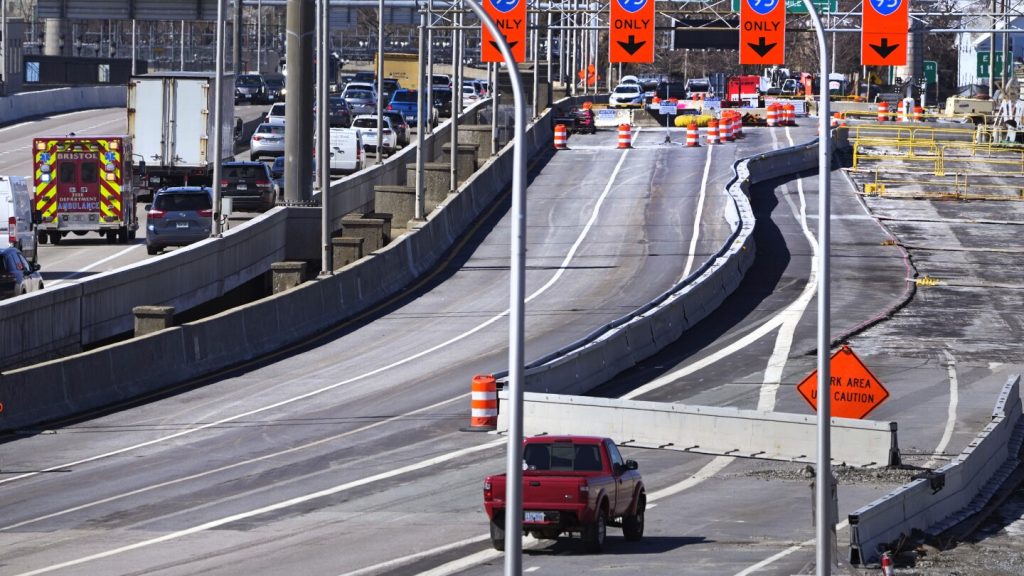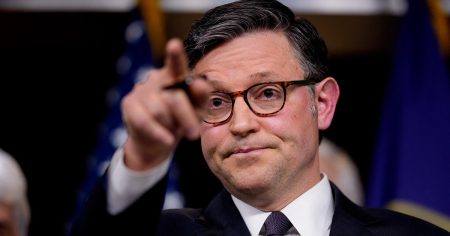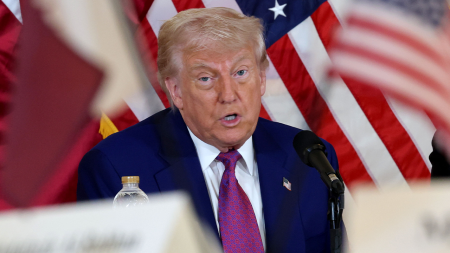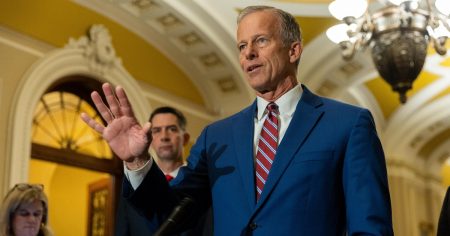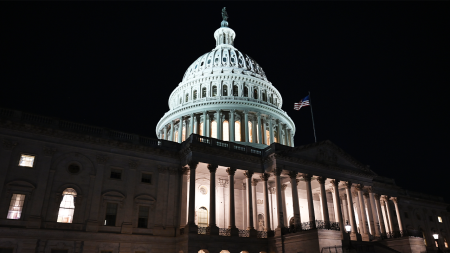The collapse of a Baltimore bridge after being struck by a large cargo ship has brought attention to the importance of bridges in the daily lives of Americans. Six construction workers are presumed dead, and thousands of drivers who used the bridge daily must now find alternate routes. The closure of the bridge has also impacted shipments at the Port of Baltimore, forcing businesses to seek alternative means of transportation for their goods. This incident has shed light on the state of infrastructure in the U.S. and highlights the need for regular maintenance and upgrades to prevent similar disasters.
An analysis of the National Bridge Inventory reveals that about 42,400 U.S. bridges are in poor condition, carrying approximately 167 million vehicles each day. These bridges, on average 70 years old, have issues with their substructures or superstructures. Iowa has the highest number of poor bridges, followed by Pennsylvania, Illinois, and Missouri. The collapse of bridges due to ship collisions is rare but has occurred in the past. Insufficient maintenance or repair can also lead to bridge collapses, as seen in the case of the Fern Hollow Creek bridge in Pittsburgh.
When bridges close or collapse, there are significant economic consequences. In the case of the Interstate 35 bridge collapse in Minneapolis in 2007, Minnesota’s economy suffered a $60 million loss due to increased travel time and operating costs for commuters and businesses. Currently, bridges in Providence, Rhode Island, and Tacoma, Washington, are closed due to safety concerns, impacting nearby businesses. Business owners are concerned about the long-term effects and loss of revenue as motorists divert to other routes.
Federal funding for bridge repairs has been increasing, with a $40 billion investment directed towards bridges over five years in the infrastructure law signed by President Joe Biden. However, this funding is just a fraction of the estimated $319 billion needed for bridge repairs nationwide. Transportation Secretary Pete Buttigieg acknowledges the need for more infrastructure investment to prevent future bridge collapses. The sooner significant bridge repairs are addressed, the less likely they are to be abruptly taken out of service or face the risk of collapse.
The collapse of the Baltimore bridge and the subsequent impact on businesses, commuters, and port shipments serves as a wake-up call for the state of infrastructure in the U.S. While federal funding for bridge repairs has increased, there is still a substantial backlog of repairs needed across the country. It is essential for policymakers to prioritize infrastructure investment to prevent future disasters and ensure the safety and reliability of the nation’s bridges. Collaboration between federal, state, and local governments, as well as businesses and communities, is crucial in addressing the infrastructure challenges and maintaining the integrity of the nation’s bridges.









